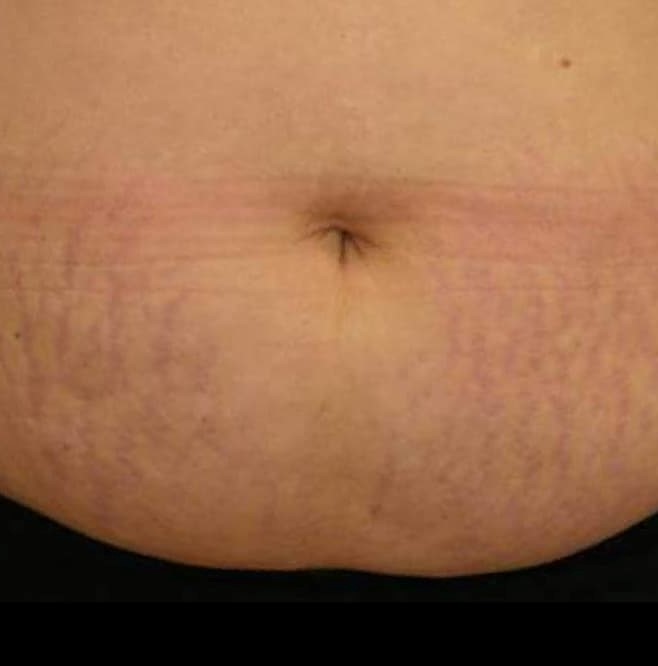
28 Jan I don’t like my stretchmarks, what can I do?
Stretchmarks are a very real problem for many people and can be a source of extreme embarrassment and distress. But what the devil are they, what causes them and more importantly – can we get rid of them?!
A stretch mark is a type of scar that develops when our skin stretches quickly. They form in the dermis (middle layer) of the skin and occur when abrupt change stretches the collagen and elastin beyond its limits causing the dermis to tear. This allows the deeper layers of skin to show through which we then see as ‘stretch marks’.
Who might get stretchmarks?
Not everyone develops these in their lifetime but the likelihood increases in the following situations;
- Pregnancy: 8 out of 10 women who are pregnant experience stretchmarks
- Puberty: Rapid growth is typical in young people going through puberty. This can lead to stretch marks.
- Rapid weight gain: Putting on a lot of weight in a short space of time can cause stretch marks.
- If you are overweight
- Weight training where there is rapid muscle growth
- Females are more likely than males to experience these
- If your family has a history of stretchmarks
- Medical conditions: Certain conditions can cause stretch marks, such as Marfan syndrome and Cushing’s syndrome. Marfan syndrome can lead to decreased elasticity in the skin tissue, and Cushing’s syndrome can lead the body to produce too much of a hormone that leads to rapid weight gain and fragile skin.
- Steroid use: prolonged use of some steroid creams and tablets can decrease levels of collagen in the skin.
Where will they appear and what do they look like?
Stretch marks are most common on the tummy, chest, upper arms, upper thighs, bottom, hips, back and breasts. When they first appear, they tend to look red, purple, or dark brown, depending on your skin colour. Sometimes early on they can feel slightly raised or uneven and can also be itchy.
Over time, the colour fades often to a silvery hue and sometimes are not visible at all.
I don’t want them – what can get rid of them?
Unfortunately like any scar, stretch marks are permanent, but treatment may make them less noticeable. (If you are pregnant you must always check with your Doctor before starting any treatment).
It’s important to understand that no single treatment works for everyone — and many products don’t seem to work at all.
- Stretch mark creams, lotions, and gels:
There are a confusing amount of lotions and potions out there claiming to solve every skin problem! As we’re all different, it may seem obviously to say that no one product seems to help every stretchmark but, if you’re dead set on trying one of these creams or lotions in an attempt to fade them, here are some tips:
- The sooner, the better! Use the product on early stretch marks – treatment seems to have little effect on mature stretch marks
- Make sure you massage the product into your stretch marks.
- Apply the product every day for weeks! (Where results were seen, it was after weeks of use)
Just a note – tanning cannot get rid of stretch marks in fact when you tan, stretch marks can become more noticeable because they don’t tan! A fake-tanner however can camouflage stretch marks – both early and mature ones and may be worth a try.
- Bringing in the big guns…
Studies have shown some prescription medicines that when applied to the skinseem to offer some results. These are;
- Hyaluronic acid – treatment with this made early stretch marks less noticeable
- Tretinoin – this is a retinoid, which also can make early stretch marks less noticeable
- Retinol, another type of retinoid, may also help fade early stretch marks.
In clinic treatment options:
At RSC we use the following procedures to make stretch marks less noticeable but unless the damaged skin is surgically removed, they can’t be gotten rid of, but blended and the look of them visibly improved.
- Laser therapy – fractional lasers can significantly improve the look of stretchmarks
- Radio Frequency Microneedling (RFMN) – a huge favourite of ours and gets amazing results!
- Skin Boosters
To give you the best results sometimes we will combined treatments such as Radio Frequency Microneedling and skin boosters or RFMN and Moxi laser resurfacing. As with all procedures, side effects are possible and this will all be discussed with you at your consultation to choose the right treatment for you.
But isn’t prevention better than cure?
Of course, but the jury is still out as to whether this is possible. Research has shown that many remedies said to prevent stretch marks don’t actually work. In clinical studies, neither almond oil, cocoa butter, olive oil, nor vitamin E prevented stretch marks.
Some ingredients may work. Researchers have found that products containing hyaluronic acid (which occurs naturally in our skin) may help prevent stretch marks.
When should I seek Clinic advice?
Stretch mark treatments that you can buy in store or online can be expensive. If you find yourself spending a lot of time and money without getting any results we suggest that it is time to come and see us!!


Sorry, the comment form is closed at this time.